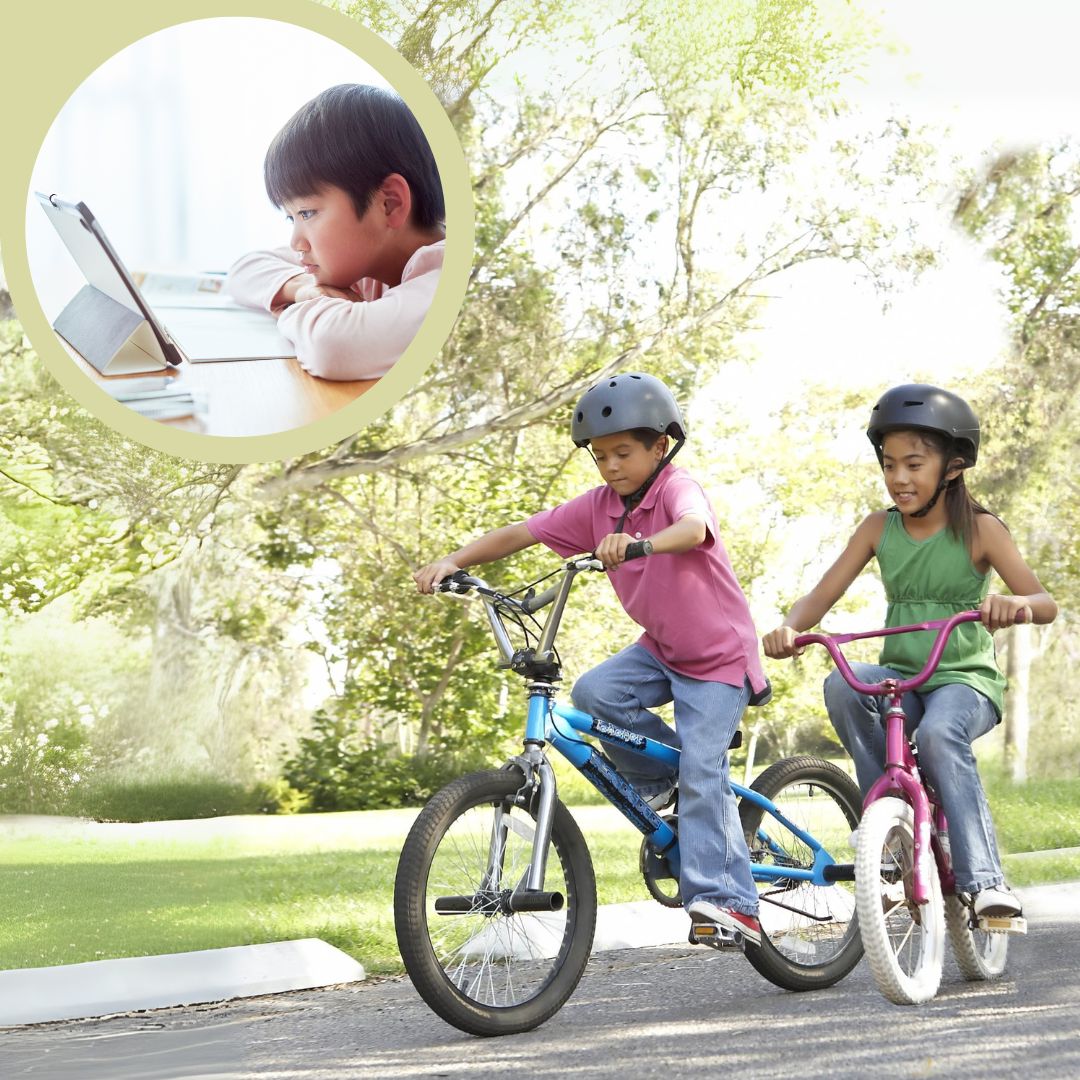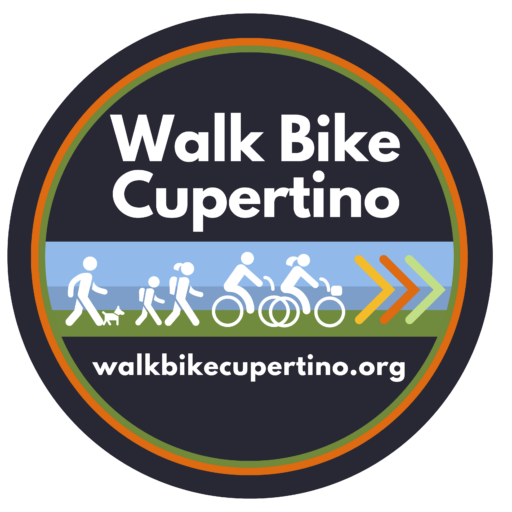As a parent of two Eaton Elementary students, the soon-to-come teenage years of my children are something which I am contemplating with a mix of apprehension and confidence.
Confidence to be able to help them become adults of good moral character, but apprehension at some of the dangers they will be exposed to in life, and which teenagers are not yet fully able to assess and react to.
Many of the dangers emanate from the online world. Gen Z (children born between 1997 and 2012) were the first generation of children who got access to smartphones and were given access to social media apps everywhere and continuously. The impact of ubiquitous social media is so disastrous on teenagers that social psychologist Jonathan Haidt calls it “the great rewiring.”

Overprotecting in the Real World, Underprotecting Online
In the book The Anxious Generation, Haidt makes a very strong case that we have been under protecting teenagers in the virtual world and overprotecting them in the real world. We moved away from a “play-based” childhood–one based on synchronous relationships with a tolerance for moderate risk-taking and discovery–to a “phone-based” childhood which is based on asynchronous relationships that punish failed experiments and values superficial recognition.
“Girls are especially vulnerable in the early teenage years (11-13): starting in about 2010, suicide rates for young adolescents in the U.S. shot up (increasing 91% for boys ages 10-14 and 167% for girls). The rate of self-injury almost tripled between 2010 and 2020. Haidt uses data to make a compelling argument and writes: “Social media use does not just correlate with mental illness; it causes it.”
“A world designed for automobiles is often not one that children find accessible. Cities and towns can do more to be sure that they have good sidewalks, crosswalks, and traffic lights.They can install traffic calming measures…”
Why Making Safe Streets Matters
One of the recommendations in the The Anxious Generation (besides restricting access to social media on smartphones to children 15 and under) is to give children and teenagers more independence. No one wants to encourage reckless behavior, but our children need to experience an autonomous, play-based childhood to become adults willing to take risks and tackle life’s challenges in the future. In Haidt’s words: “A world designed for automobiles is often not one that children find accessible. Cities and towns can do more to be sure that they have good sidewalks, crosswalks, and traffic lights.They can install traffic calming measures […]. One study found that kids who can get to a playground by bike or foot are six times more likely to visit it than kids who need someone to drive them.”
Applying It Locally in Cupertino
In Cupertino, like elsewhere, parents will not send their children to a park on their own unless walking or biking is safe enough. This is why infrastructure projects are so critical to make sure that children can freely roam around by foot or bike. We need speed tables and pedestrian activated flashlight beacons for crosswalks. We need physically protected bike lanes (“class IV”) and more trails. And finally, we need to adjust the car infrastructure such that the number of collisions is reduced (through measures such as no turn on red), and if they happen, that the injury is minimized, thanks to reduced car speed in our City.
We owe this reasonable infrastructure not only to today’s adult cyclists or pedestrians, but also to future generations. They will need more than ever to be able to meet in person, take moderate risks and enjoy life outside of screens. In Mr. Haidt’s words: “when the only way for a kid to get to a shop, park, or friend’s house is by “parent taxi,” more kids will end up at home on a screen.”
Let’s make our walking and biking infrastructure safer and more convenient in Cupertino, if anything, for the sake of our kids’ health.
